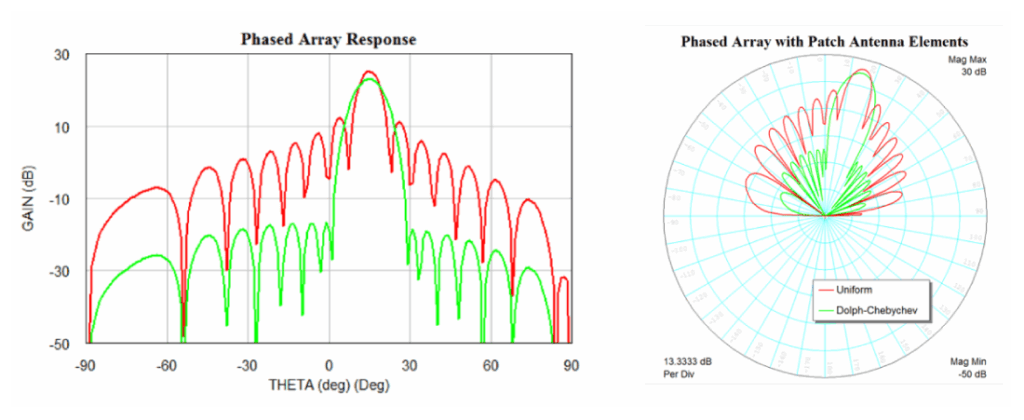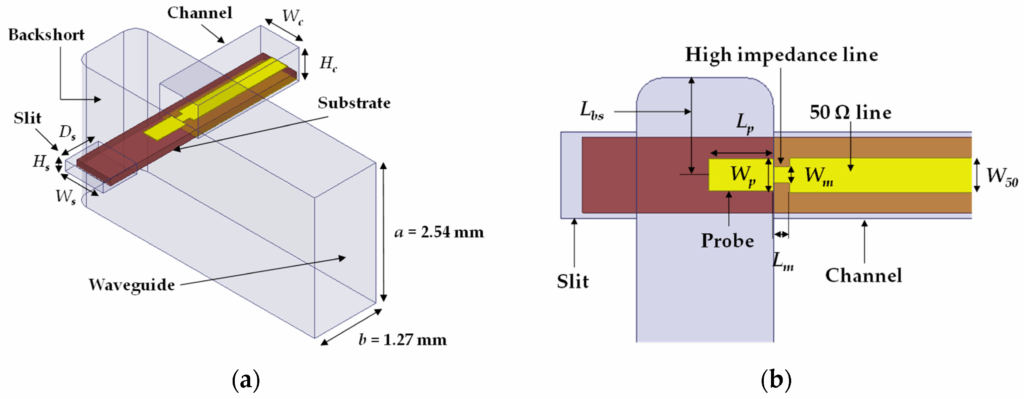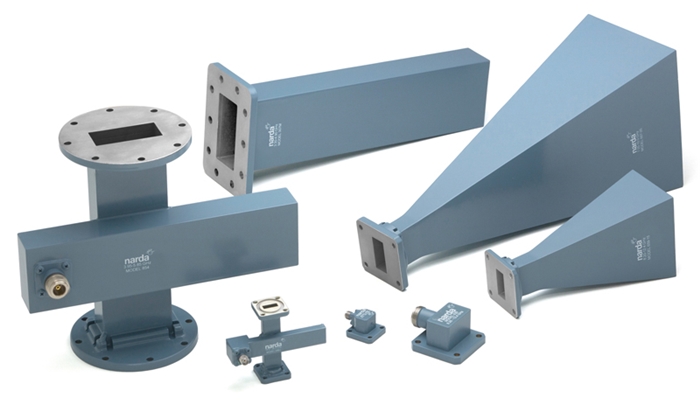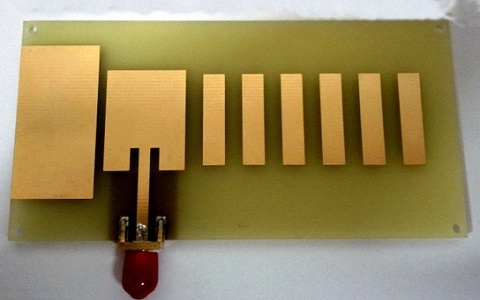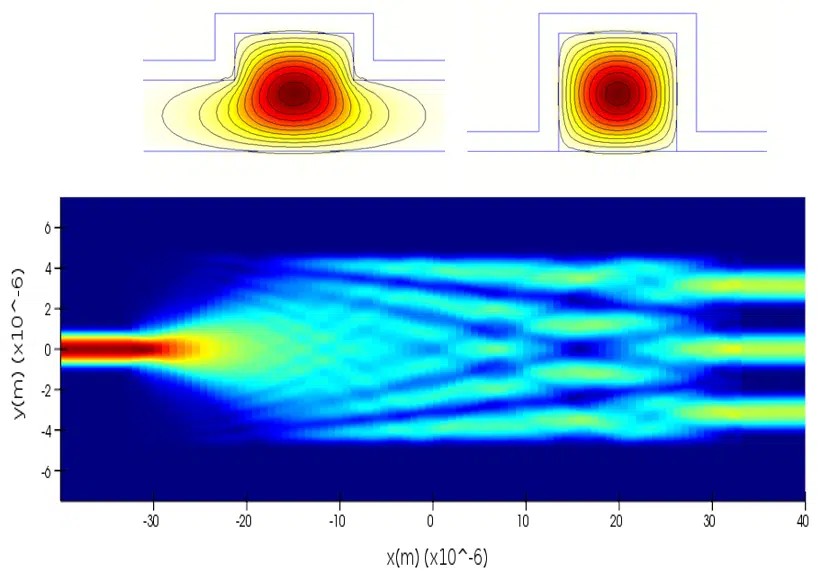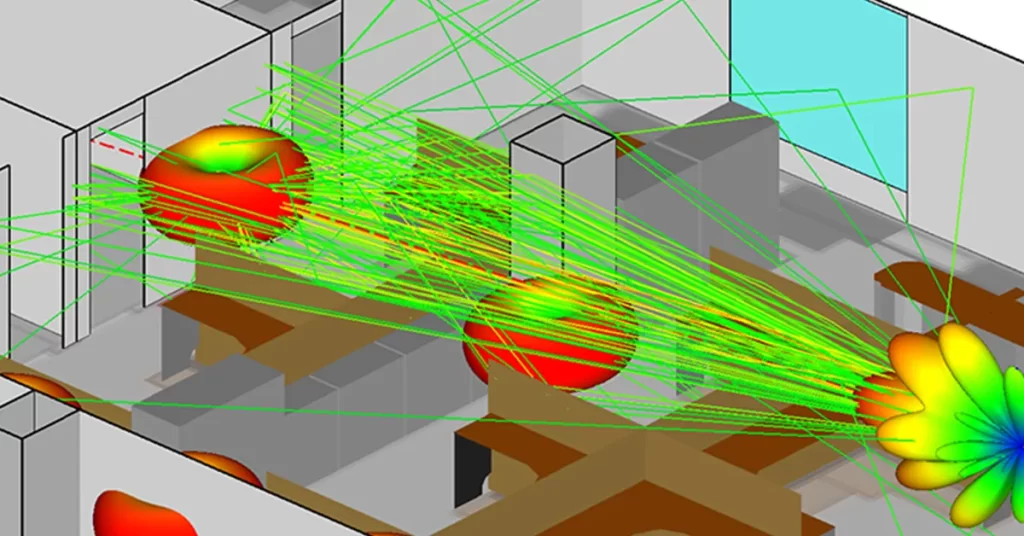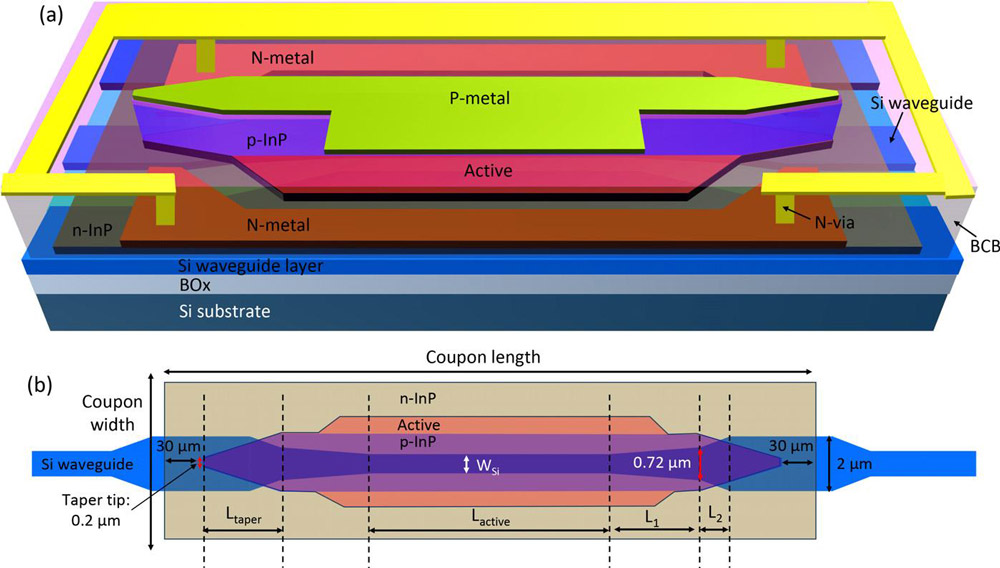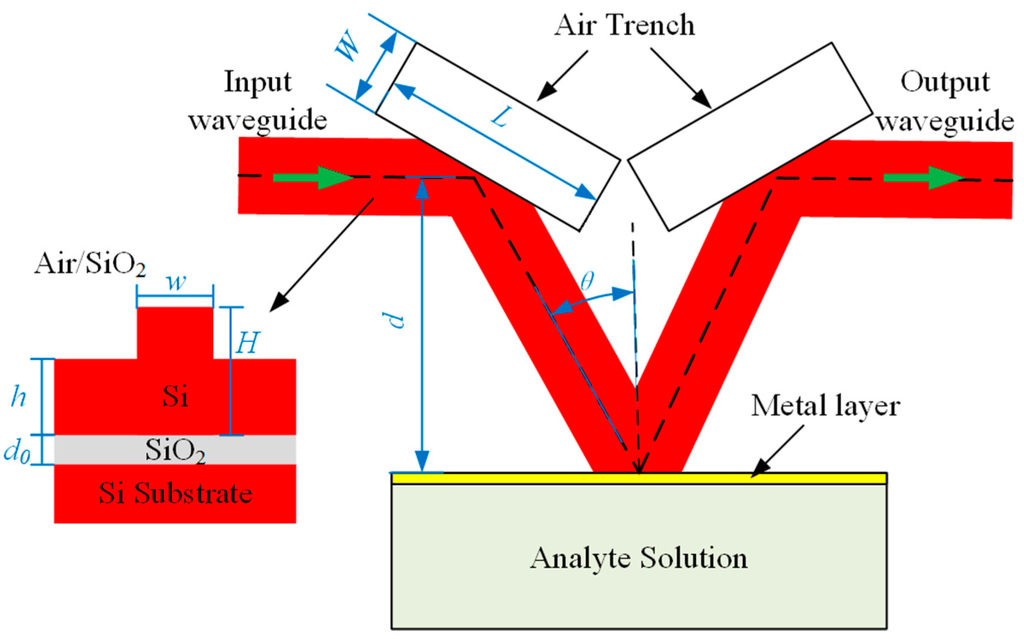Phased Array Antenna vs Traditional | 4 Key Benefits
Phased array antennas have four major advantages over traditional antennas: 1. Fast beam scanning speed, up to microseconds; 2. Multi-beam capability, supporting simultaneous multi-target tracking; 3. Higher accuracy, with beam pointing error less than 0.1°; 4. Greater reliability, modular design reduces the risk of single-point failure. Beam Switching Speed Last year when SpaceX Starlink satellites […]
Phased Array Antenna vs Traditional | 4 Key Benefits Read More »

